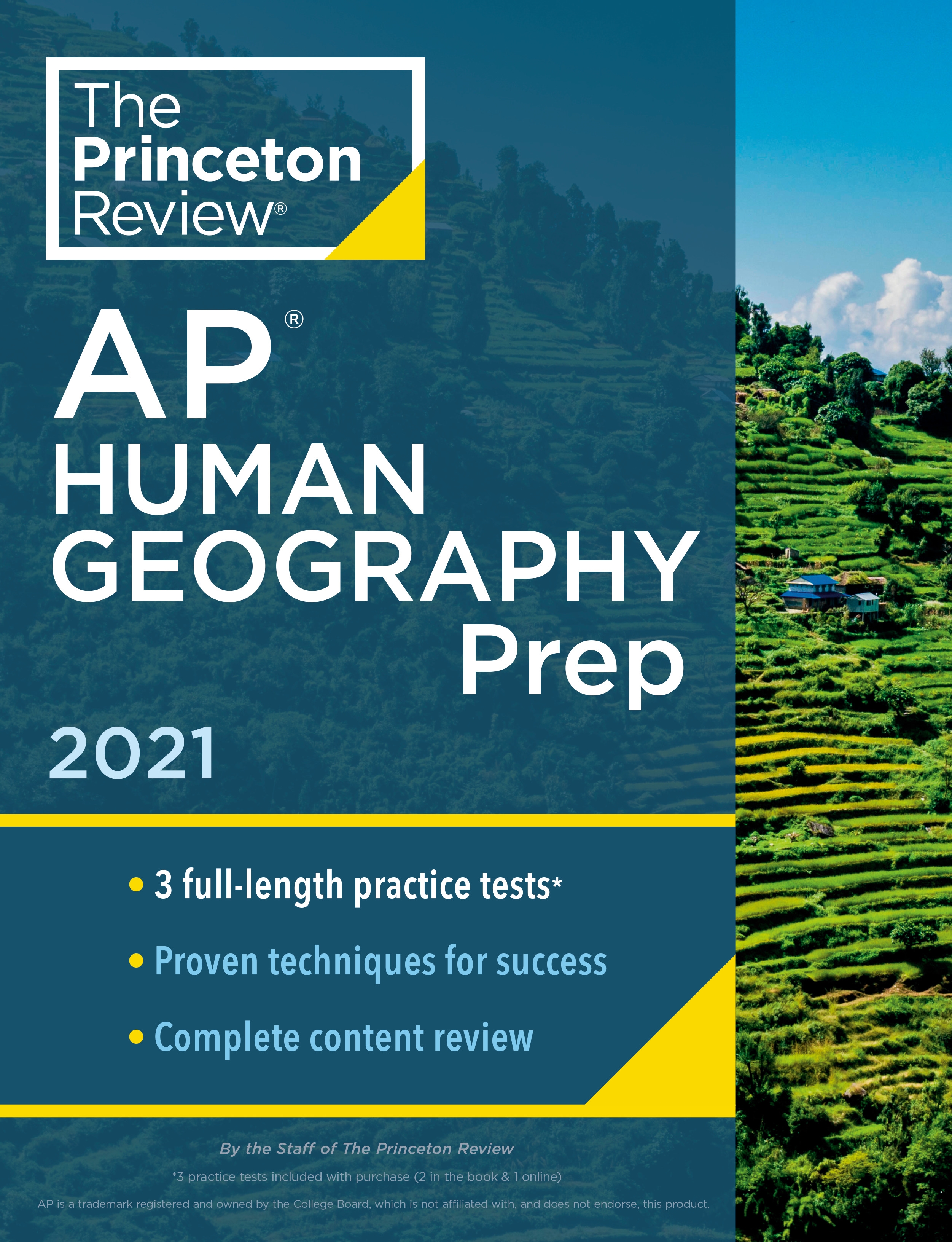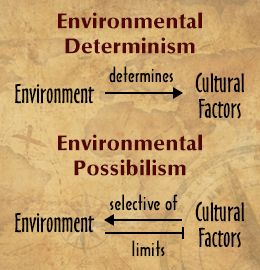

PSO-5.D.1: Von Thünen’s model helps to explain rural land use by emphasizing the importance of transportation costs associated with distance from the market however, regions of specialty farming do not always conform to von Thünen’s concentric rings.PSO-5.D: Describe how the von Thünen model is used to explain patterns of agricultural production at various scales. PSO-5.C.5: Technology has increased economies of scale in the agricultural sector and the carrying capacity of the land.PSO-5.C.4: Complex commodity chains link production and consumption of agricultural products.
 PSO-5.C.3: Large-scale commercial agricultural operations are replacing small family farms. TOPIC 5.7 - Spatial Organization of Agriculture PSO-5.C.2: Intensive and extensive farming practices are determined in part by land costs (bid-rent theory). PSO-5.C.1: Agricultural production regions are defined by the extent to which they reflect subsistence or commercial practices (monocropping or monoculture). PSO-5.C: Explain how economic forces influence agricultural practices. TOPIC 5.6 - Agricultural Production Regions SPS-5.D.2: The Green Revolution had positive and negative consequences for both human populations and the environment. SPS-5.D.1: The Green Revolution was characterized in agriculture by the use of high-yield seeds, increased use of chemicals, and mechanized farming. SPS-5.D: Explain the consequences of the Green Revolution on food supply and the environment in the developing world. SPS-5.C.1: New technology and increased food production in the second agricultural revolution led to better diets, longer life expectancies, and more people available for work in factories. SPS-5.C: Explain the advances and impacts of the second agricultural revolution.
PSO-5.C.3: Large-scale commercial agricultural operations are replacing small family farms. TOPIC 5.7 - Spatial Organization of Agriculture PSO-5.C.2: Intensive and extensive farming practices are determined in part by land costs (bid-rent theory). PSO-5.C.1: Agricultural production regions are defined by the extent to which they reflect subsistence or commercial practices (monocropping or monoculture). PSO-5.C: Explain how economic forces influence agricultural practices. TOPIC 5.6 - Agricultural Production Regions SPS-5.D.2: The Green Revolution had positive and negative consequences for both human populations and the environment. SPS-5.D.1: The Green Revolution was characterized in agriculture by the use of high-yield seeds, increased use of chemicals, and mechanized farming. SPS-5.D: Explain the consequences of the Green Revolution on food supply and the environment in the developing world. SPS-5.C.1: New technology and increased food production in the second agricultural revolution led to better diets, longer life expectancies, and more people available for work in factories. SPS-5.C: Explain the advances and impacts of the second agricultural revolution. 
TOPIC 5.4 - The Second Agricultural Revolution
SPS-5.B.1: Patterns of diffusion, such as the Columbian Exchange and the agricultural revolutions, resulted in the global spread of various plants and animals. SPS-5.B: Explain how plants and animals diffused globally. SPS-5.A.1: Early hearths of domestication of plants and animals arose in the Fertile Crescent and several other regions of the world, including the Indus River Valley, Southeast Asia, and Central America. SPS-5.A: Identify major centers of domestication of plants and animals. TOPIC 5.3 - Agricultural Origins and Diffusions PSO-5.B.3: Rural survey methods include metes and bounds, township and range, and long lot. PSO-5.B.2: Rural settlement patterns are classified as clustered, dispersed, or linear. PSO-5.B.1: Specific agricultural practices shape different rural land-use patterns. PSO-5.B: Identify different rural settlement patterns and methods of surveying rural settlements. TOPIC 5.2 - Settlement Patterns and Survey Methods PSO-5.A.3: Extensive farming practices include shifting cultivation, nomadic herding, and ranching. PSO-5.A.2: Intensive farming practices include market gardening, plantation agriculture, and mixed crop/livestock systems. PSO-5.A.1: Agricultural practices are influenced by the physical environment and climatic conditions, such as the Mediterranean climate and tropical climates. PSO-5.A: Explain the connection between physical geography and agricultural practices. Unit 7 - Economic Development TOPIC 5.1 - Introduction to Agriculture 
Unit 5 - Agriculture and Rural Land-Use (you are here) AP is a reserved trademark of the College Board. Omninox does not take credit for this outline and is not affiliated with the College Board. This is a lightweight, web-friendly format for easy reference. Disclaimer: This outline is sourced directly from the AP Human Geography Course Framework released by the College Board.








 0 kommentar(er)
0 kommentar(er)
